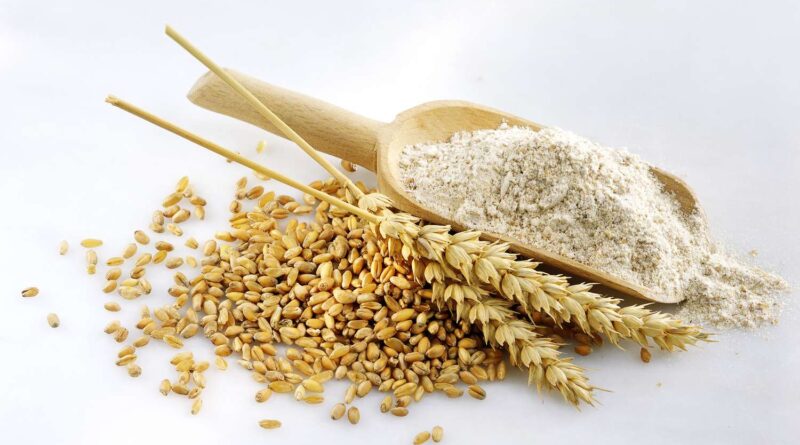Centre imposes stockholding limits on wheat
By Jitendra Choubey
The Centre on Monday imposed a stock limit on wheat to reduce hoarding of the grain and stablise its prices. The stock limit will apply to all wholesalers, retailers, big chain retailers and processors in all states and Union Territories until March 31, 2025.
The stock limit for traders or wholesalers is 3,000 metric tonnes (MT). For retailers, it is 10 MT for each of the outlets while for big chain retailers, it is 10 MT at each of their outlets and 3,000 MT at all their depots. For millers and processors, the stock limit is 70% of the monthly installed capacity multiplied by the remaining months of FY 2024-25.
“The government is open to all options if the stock limit would not cool down the price such as by reducing import duty and would soon think to dump wheat in the open market through open market sales scheme,” said Sanjeev Chopra, secretary, Department of Food and Public Distribution in the consumer affairs ministry.
The minimum support price of wheat is Rs 2,275, but the grain’s price in the open market is hovering around Rs 2,500.
Chopra dispelled worries about supplies. The stock limit comes amid claims of bumper production of the grain in the current Rabi Marketing Season. “I want to dispel the shortage of wheat in the country… we want prices of wheat to be stable,” Chopra said. He added that the decision was taken to prevent market speculations and hoarding of the grain.
Amid claims of bumper production of wheat around 1120 Lakh Metric Tonnes (LMT), the government was only able to procure 266 LMT against the estimated target 370 LMT. Last year, the procurement was 262 LMT against a target of 320LMT. While experts say adverse weather conditions in wheat producing areas such as Madhya and Uttar Pradesh had impacted wheat crops production, the government claims rising consumption demand in non-wheat areas has pushed up prices. Globally, wheat production and trade has been severely impacted after the world’s breadbasket countries Russia and Ukraine went for war in 2022. Situation compounded with the early arrival of heatwave followed by the El Nino year, led to weak monsoon impacted wheat production.
Last week, the government had imposed stock limits on pulses such as Tur, Chana and Kabuli Chana till September 30, 2024, which consequently reduced wholesale price of pulses in major markets by Rs 50-200. In the current year, the Govt has planned to make 10 LMT tonnes of buffer of pulses which would be directly bought from farmers.
Regarding Onion, the government has targeted kharif sowing areas to 3.53 lakh hectare (LHa) from last year Kharif acreage was 2.85 LHa to increase production. Besides, the government will rethink the removal of sugar export curbs.
Pointers:
1. The Govt imposed a stock limit on wheat amid claims of record production of wheat by 1120 LMT.
2. The price of wheat in the domestic market has increased in the range of 6-10%.
3. The Government may think of lowering import duty and dumping grains in the open market to cool down prices.
4. Last week, Govt imposed stock limit on pulses which reduced price in wholesale market by Rs 50-200/q
5. Govt also targets to increase kharif onion sowing areas to 353 Lakh Hectares to increase production.
6. The Government may think of removing curbing of sugar exports.
This article has been republished from The New Indian Express.

